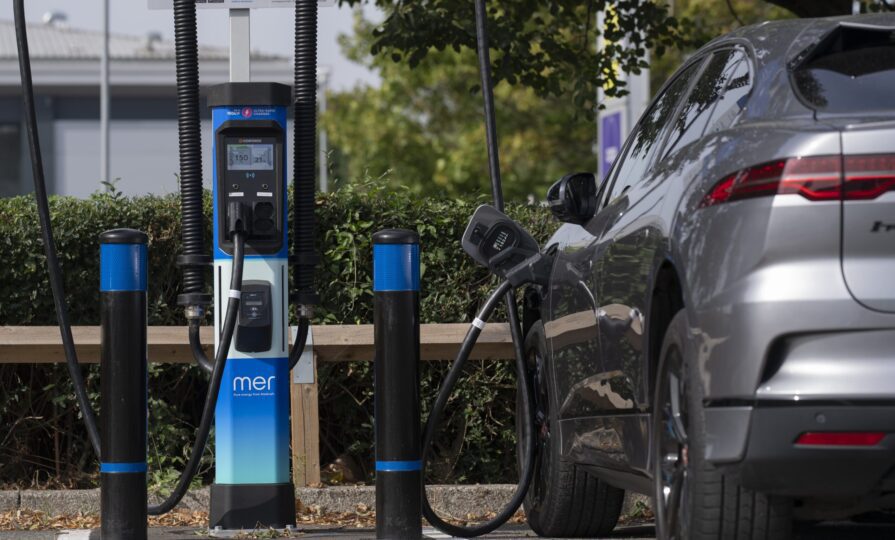How EV charging increases footfall and boosts customer loyalty

As the rate of EV adoption among the public increases, more drivers are looking for places to charge their EVs. This trend is only going to accelerate, especially considering the Government’s recent series of incentives and grants to make EVs more affordable.
This is a key moment for retail site owners to capitalise on an upward trend. Installing EV chargers is not simply an exercise in meeting sustainability targets. The presence of charge points has proven to be a valuable revenue source for landowners, particularly at retail locations.
Today’s EV drivers are always looking for a place to top up their battery. However, unlike petrol and diesel drivers, they are not only looking for a location to simply ‘fill up and go’. Instead, EV battery charging technology necessitates a different set of behaviours and habits for EV drivers. Since it takes a minimum of 15-20 minutes to charge a battery on the highest power chargers, there is a significantly longer dwell time for EV drivers. This changes how drivers see ‘convenience’: it’s less about “how easily and quickly can I refuel and leave” than “what can I do while my car is charging?”
Why Retail Parks are Ideally Positioned for EV Charging
Public chargers located at places such as retail parks, shopping centre carparks, corporate offices, leisure centres, and educational facilities make up 49% of all public chargers in the UK. Retail parks have several advantages when it comes to hosting EV charging stations. Unlike high streets, which are often traffic-heavy and therefore densely packed, retail parks typically have large, open parking areas. This means that there is much greater flexibility when it comes to charging infrastructure layout and planning. This makes them an ideal candidate for accommodating multiple charging bays, through which the presence of multiple chargers at a single location constitutes an EV charging hub.
A New Customer Segment
In our 2024 customer survey, Mer found that 57% of drivers who use a public charger will go shopping or visit a cafe while charging their vehicle. By charging at a retail park, drivers can plug in their car, browse a few shops, grab a drink or a meal, and return once their vehicle has charged. Ultimately, this creates a customer base of incidental spenders at the site, who might not have visited without the presence of an EV charging hub.
For retailers, this means more eyes on products and services as they benefit from the increased footfall. For landlords and asset managers, the charging hub boosts land value, improves customer loyalty and tenant satisfaction, and distinguishes the site from competitors.
Retail parks which install EV chargers are rapidly becoming key links in the UK’s overall network of EV infrastructure, presenting a unique opportunity to put your site on the map.
Charging the Future
Charging infrastructure is fast becoming an expected part of the retail experience. Many of the most popular charging locations installed and operated by Mer are at retail sites, and landowners are reaping the rewards of attracting new customers to their EV charging hubs.
Installing EV chargers does not necessarily mean a large capital investment. There are multiple models available depending on your needs. Whether you would prefer co-investment or full ownership, the choice is yours.
There are many factors to consider when designing and installing an EV charging hub at a retail location. From understanding the planning requirements, to leveraging financial incentives and creating a great user experience, Mer has a wealth of expertise in helping retailers install EV charging infrastructure on site. Download our e-guide for more information.







